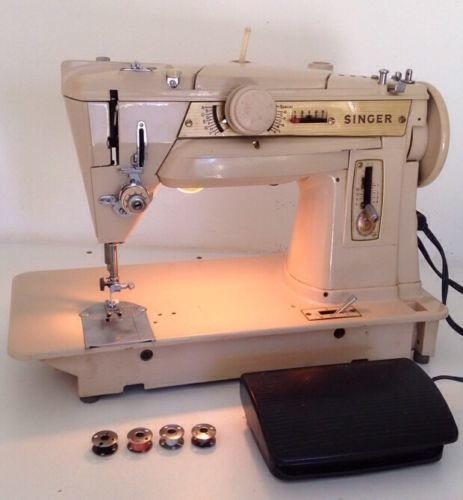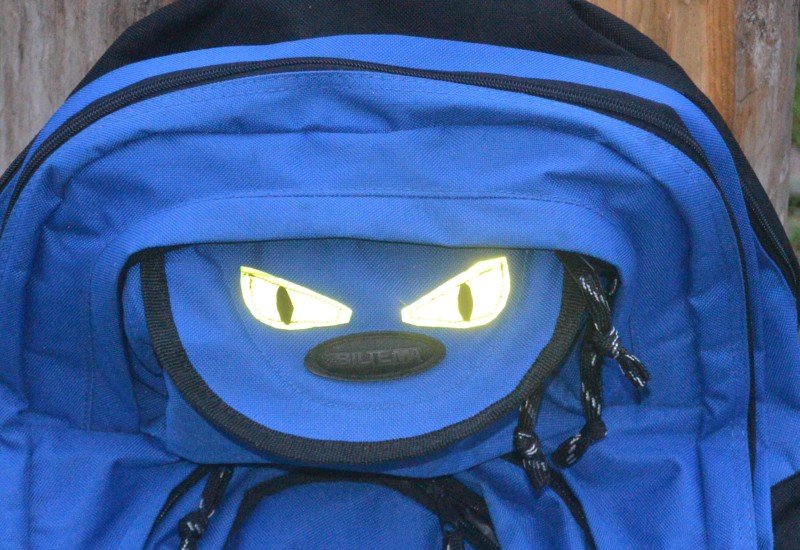I need little advice here, you see I got this crazy idea to improve my winter clothing instead of buying new ones that will not last much more than one winter once again.
So I thought sewing machine is needed.
I have used sewing machine 5 minutes about 35 years ago and teacher told me I'm not allowed to touch such machine ever again, don't blame her, but that is all experience I have.
Needles I have used mostly for cleaning car's windshield washer nozzles, so whole process of needle and thread is bit unknown to me.
Nevertheless, I need to try and learn at least something, so I have been looking for sewing machines.
There is an offer of Singer Starlet 6699 for 199 euros at the moment, it comes with manly pink color and 100 programmed stitches, I don't know if I really need that many and with cars I have learned to be cautious anything containing electronics, as those hold evil spirits that sometimes escape with puff of smoke and render electronics useless in process.
As I was shopping for meat, I found out local shop had also sewing machines, there was three models under 100 euros and one for 160 euros, it was Singer Tradition 2259 without too much of computer things, so I carried on home and now I'm thinking maybe I should spend more or maybe that will be ok for simple user like myself?
Where I would need hundred different stitches?
Also I might like to put some insulation material into clothes as well as add/replace some of the fabric with wind stopper fabric, maybe some knee patches and blankets/pillows need to be doing.
So what do you think, should I take machine I got back to shop or should I be fine with simpler machine?
Manly pink machine is this:
http://www.singerco.com/products/2747/6699-i-starlet
Simple machine without scary computer is this:
http://www.singerco.com/products/1567/2259-tradition
That brand is quite popular here so might get some accessories easier than for many other brand machines, but problem is I don't know why I would need accessories, that little I know of this.
So I thought sewing machine is needed.
I have used sewing machine 5 minutes about 35 years ago and teacher told me I'm not allowed to touch such machine ever again, don't blame her, but that is all experience I have.
Needles I have used mostly for cleaning car's windshield washer nozzles, so whole process of needle and thread is bit unknown to me.
Nevertheless, I need to try and learn at least something, so I have been looking for sewing machines.
There is an offer of Singer Starlet 6699 for 199 euros at the moment, it comes with manly pink color and 100 programmed stitches, I don't know if I really need that many and with cars I have learned to be cautious anything containing electronics, as those hold evil spirits that sometimes escape with puff of smoke and render electronics useless in process.
As I was shopping for meat, I found out local shop had also sewing machines, there was three models under 100 euros and one for 160 euros, it was Singer Tradition 2259 without too much of computer things, so I carried on home and now I'm thinking maybe I should spend more or maybe that will be ok for simple user like myself?
Where I would need hundred different stitches?
Also I might like to put some insulation material into clothes as well as add/replace some of the fabric with wind stopper fabric, maybe some knee patches and blankets/pillows need to be doing.
So what do you think, should I take machine I got back to shop or should I be fine with simpler machine?
Manly pink machine is this:
http://www.singerco.com/products/2747/6699-i-starlet
Simple machine without scary computer is this:
http://www.singerco.com/products/1567/2259-tradition
That brand is quite popular here so might get some accessories easier than for many other brand machines, but problem is I don't know why I would need accessories, that little I know of this.











